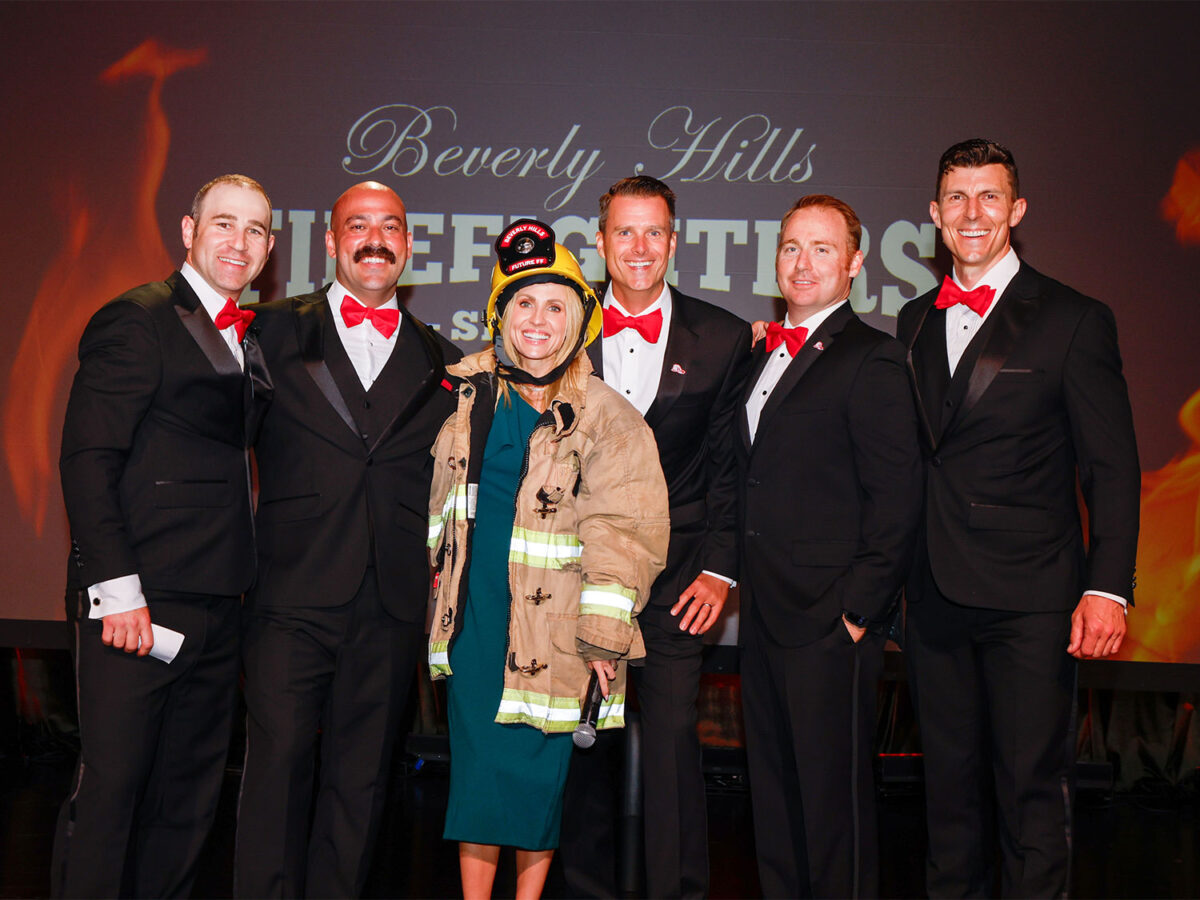A city of Los Angeles Wildlife Ordinance that would set strict building restrictions on hillside houses is causing an uproar among homeowners who fear it will hurt their property value.
The ordinance is intended to preserve habitat for mountain lions, bobcats, birds and more by limiting the size of homes and requiring the use of animal friendly building practices. It would apply to a wide swath of hillside land from Griffith Park to the 405 Freeway, including the communities of Beverly Crest, Beverly Glen, Bel Air and Laurel Canyon.
On June 20 the ordinance was unanimously approved by LA City Councilmembers on the Planning and Land Use Management (PLUM) Committee. It will proceed to the full council for a final vote in the coming weeks.
“The wildlife is already here; It’s our responsibility to care for it, to allow it space to flourish and to recognize the positive impacts that wildlife and habitats have on our city, including on our property values and other intangible benefits,” said PLUM Chair Katy Yaroslavsky, during the June 20 meeting. “The wildlife ordinance presents a critical opportunity to create sensible land use and zoning regulations.”
If passed, the ordinance would not require existing homeowners to alter their properties. However, it would apply to all new constructions, major renovations to existing properties and additions of 500 square feet or more.
Many environmental groups and some homeowners laud the proposed regulations.
“I realize that owning a property in Los Angeles requires people to respect biodiversity, which is necessary for the health of our entire city,” said hillside resident Craig Shurkin during the PLUM meeting. “We landowners should do our part to be stewards for the natural and native flora and fauna. Please help the future of LA and vote yes on this ordinance.”
On the other hand, many homeowners and real estate agents say the rules are too restrictive and will harm property values.
The rules include a 45-foot maximum building height; ban on grading anything greater than a 45-degree angle; requirement to plant native trees and plants; requirement to use fences that have gaps for small animals; and requirement to use tinted windows that prevent birds from flying into them.
The most controversial aspect of the ordinance is a reduction in allowable home size due to three key rules.
First, under the current Baseline Hillside Ordinance, basements meeting certain criteria can be exempted from the allowable floor area, also known as the buildable square footage, limit for a home. However, this exemption would be eliminated by the Wildlife Ordinance.
Second, portions of properties with a 31 degree slope or greater will no longer count towards the lot size for calculating allowable floor area of a house. Given the hillside nature of the area in question, this can substantially reduce allowable floor area for homes.
Third, garages are no longer exempt from floor area limits. Under the Wildlife Ordinance, garages will count in full towards the allowable floor area for a property.
“For many people, particularly the elderly, the value of their property has surpassed the value of their home and by enforcing such extreme limitations to the buildable square footage, you’re just pillaging people’s life savings,” local real estate agent Jon Grauman told the Courier. “You’re robbing them of the equity that they built in their properties.”
The goal of this restriction is to prevent overdevelopment and preserve wildlife corridors that allow animals to safely travel through the hills.
Still, many people feel it’s an overreach and, in particular, take issue with the fact that basements are counted towards buildable square footage.
“Digging out a basement has virtually no impact whatsoever on protecting our wildlife,” said Grauman. “It’s just an unnecessary restriction on homeowners.”
Homeowner and real estate agent Alison MacCracken voiced her frustrations about the square footage restrictions during the PLUM meeting. She would like to construct an add-on to her property to house her aging parents but worries that she will not be able to if the ordinance passes.
“I oppose this Wildlife Ordinance due to the excessive reductions of buildable square footage, lack of transparency to the residents and lack of real wildlife protections,” she said. “You (committee members) have the opportunity to set an incredible example for the rest of the world, but unfortunately the draft before you will cause more harm than good.”
John Thomas, who is working as an advocate on behalf of parties opposed to the ordinance, is also up in arms over the square footage restrictions. In addition, he objects to the requirement for fences that allow small animals to pass through.
“This fence mandate is being introduced in a broader environment of rising crime,” he said. “It just goes to show that the impact of this ordinance hasn’t been thought through.”
On the opposite side, Jamie Hall, an environmental attorney and vice president of legislative affairs for the Bel Air/Beverly Crest Neighborhood Council, believes the ordinance is well thought out.
Through his role on the neighborhood council, he has met and discussed the ordinance with city staff multiple times and helped propose modifications.
“We had an enormous number of hearings on this, and we heard many voices,” Hall told the Courier. “This version being voted on today is drastically different from what the original version was and that was largely a byproduct of the comments that were received from the public.”
Hall believes that homeowners’ fears are overinflated and emphasized the fact that the new rules would not apply to existing properties or minor renovations. Ultimately, there is a moral imperative to preserve the natural environment, he said, and some degree of sacrifice may be necessary.
“This area of the Santa Monica Mountains is home to a variety of really important species, including the mountain lion, which is a population that is poised to go extinct unless we make changes to our behavior,” said Hall. “This ordinance is designed to strike a balance between the urban environment and the natural environment.”
Opponents of the ordinance say they support the principle of protecting wildlife but believe there is a way to do so without causing undue harm to homeowners.
“I think myself, as well as many other concerned Angelenos, feel that there are many good things in this ordinance,” said Thomas. “But the ordinance needs to be studied and amended because there’s a way to protect wildlife and protect the homeowners at the same time.”







